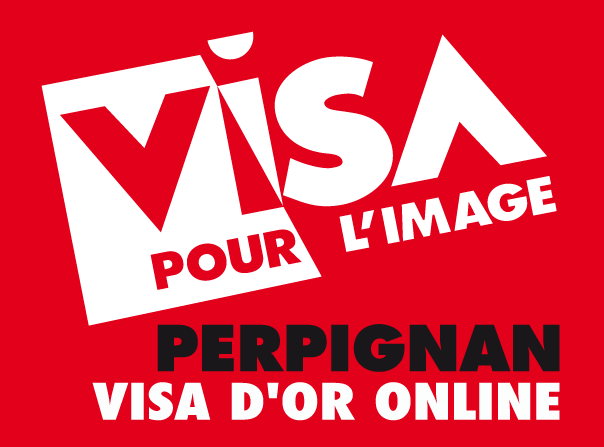2025 Program
*Subject to change depending on the latest news
[add_eventon_dv show_et_ft_img="yes" ft_event_priority="yes" lang="L2" hide_mult_occur="yes" show_repeats="no"]
The 2025 edition of Visa pour l'Image is now over! Until the next edition in Perpignan, you can visit our website to keep up with the latest photojournalism news, take part in our calls for entries, and find out about the new projects we have in store for you.

Call for applications
The Online Visa d’or Award 2026
We are proud to announce the call for entries for the first Visa d'Or Online 2026. With a prize of €1,500 from the Douglas Kirkland Estate, each award will be promoted at the next edition of the festival and on the official Visa pour l'Image Instagram account. From January 13 to January 27, 2026.

Call for applications
The Online Visa d’or Award 2026
We are proud to announce the call for entries for the first Visa d'Or Online 2026. With a prize of €1,500 from the Douglas Kirkland Estate, each award will be promoted at the next edition of the festival and on the official Visa pour l'Image Instagram account. Deadline: January 27, 2026.

Call for applications
Visa for Image 2026
Are you a professional photographer and would like to submit a report for an exhibition or screening evening for the next edition of Visa pour l'Image, which will take place from August 29 to September 13, 2026, in Perpignan? Send us your work now. Deadline: March 31, 2026.
conflicts - environment - social issues - tech - culture
Photojournalists talk about their work
During the festival, discover fascinating anecdotes and behind-the-scenes stories about the photojournalism on display. The program includes guided tours of exhibitions by photographers, panel discussions, book signings, and more. Follow us on social media for exclusive interviews and tips from renowned photojournalists.
Our newsletter
Subscribe to our newsletter to make sure you don't miss anything
Prepare your visit
Find all the information you need for your visit to Visa pour l'Image: useful information, opening hours, access, hotels, restaurants, recommendations.

Show your work and get inspiration
Would you like to show your reportage or simply get advice on your work? Whether you're a young or experienced photojournalist, Visa pour l'Image is a unique opportunity to meet international photo editors and professionals from the world of the press and photojournalism.
PortfoliosDiscussionsWorkshops

The latest news from Visa pour l'Image
Stay up to date all year round with the latest photojournalism news
Nothing found.
Nothing found.
Can't make it to Visa pour l'Image?
Create your account or log in to access virtual exhibitions and get exclusive information about Visa pour l'image.












































































